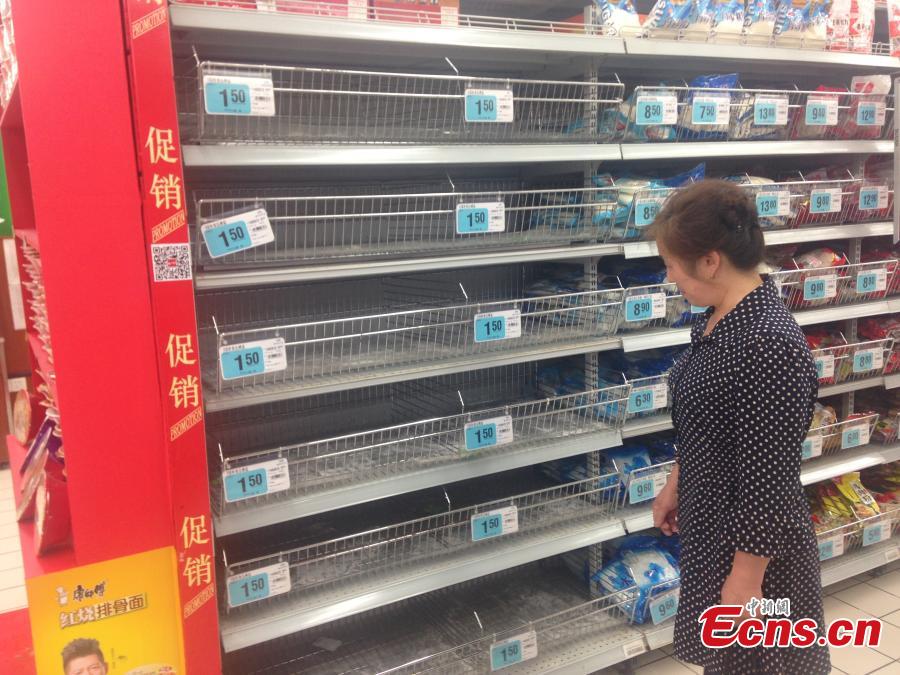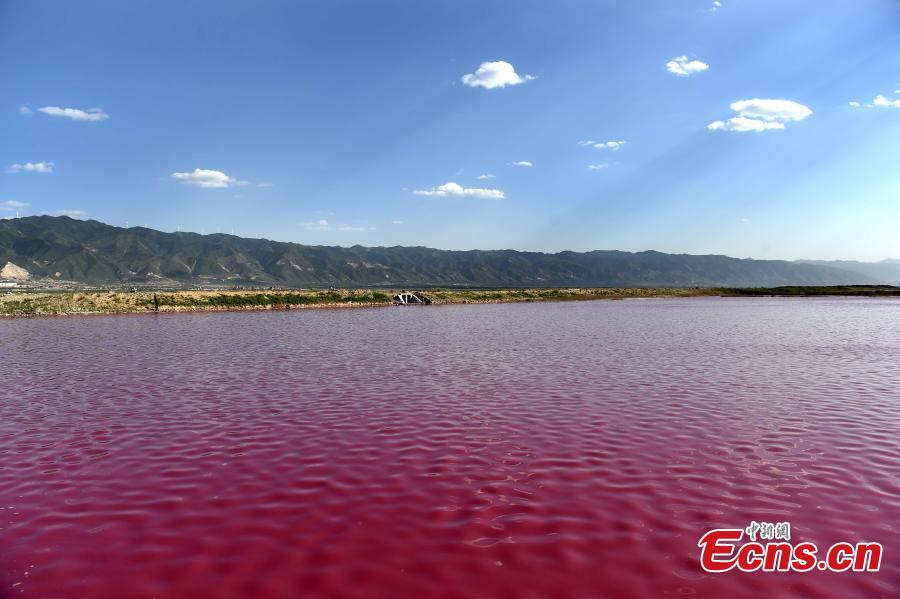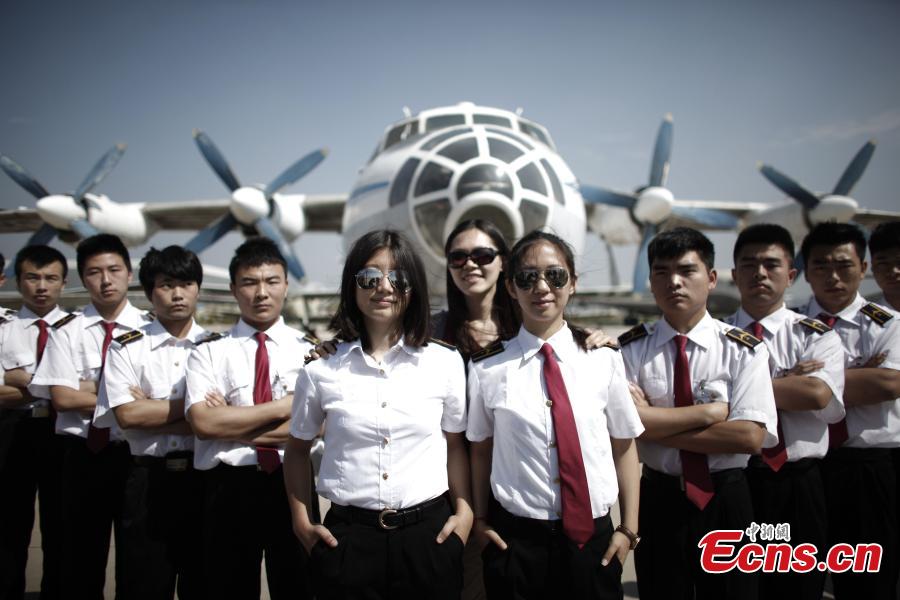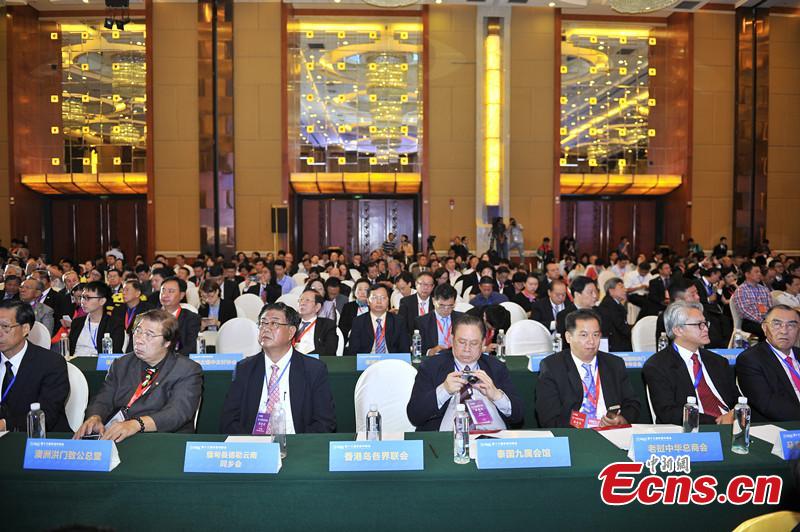(Ecns.cn) – The rapid development of China's ginseng industry has led to a trade bout with South Korea over root prices, sales and brands.
Though the Chinese discovered ginseng about 2,000 years ago and its cultivation dates back to the Qing Dynasty (1644-1911), South Korea has long dominated the global market for ginseng products.
China has huge reserves of ginseng in Jilin Province, where the best variety grows in the Changbai Mountain area in Fusong County. Changbai has the longest history of cultivating ginseng in the world, with more than 450 years of experience.
Every year, just after the beginning of autumn, a special fragrance fills the air of Fusong at the source of the Songhua River. The distinct smell comes from the nearby forests where wild ginseng grows. In mid-September, ginseng naturally accumulates organic substances from the soil and is at its heaviest, which is good for sales.
Dubbed the "king of Chinese herbs," ginseng is believed to have great nutritious and therapeutic value in Chinese medicine. However, despite its high quality, the story behind Changbai Mountain ginseng has not always been positive.
China: big yields, small industrial scale
A slow-growing perennial plant that is one of the oldest on earth, ginseng is mainly seen in Northeast China, the Korean Peninsula, Japan and Russia's Siberian region.
In China, during the first years of the Qing Dynasty, smallpox was rampant. And for the victims of the plague, ginseng was the only means of salvation. As a result, thousands of people began making the trip to the Northeast to try their hand at finding wild ginseng. With the numbers increasing, people soon began settling there and enjoying the arable soil in Fusong.
Today, growing ginseng is no longer difficult and has gained great popularity. In 2010, the land area for growing ginseng reached 150,000 mu (10,000 hectares) in Jilin Province, where the yield hit 7,700 tons. However, 2,650 tons of it were either exported or smuggled to other countries, making a profit of only 51.8 million US dollars, reported China Economic Weekly.
Though nearly 70% of the world's ginseng is produced in China, its export revenue is only one tenth of that of South Korea. Moreover, China's professional insiders have pointed out that over 50% of Korean ginseng products are made from roots grown at Changbai Mountain.


















